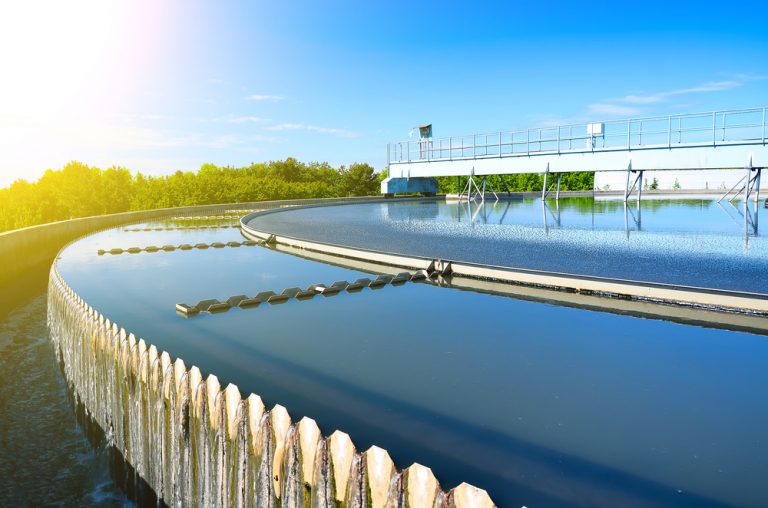The world is slowly waking up to a simple fact: our way of life is unsustainable on the long term. We have been filling oceans with plastic and you can find the leftover of our consumption at the top of Mount Everest or in the wild expanses of the African savanna. Our waste fills gigantic landfills and trying to simply cover them up cannot be a long-term solution. Luckily, we are slowly taking the first steps to reduce our carbon footprint and realising that we need to stop producing stuff that will still be around in a thousand years. Single use shopping bags have been banned by many supermarkets, the same is starting to happen to plastic bottles, so there is reason to be optimistic.

The future must be compostable, so that we can still reap the benefits of the modern consumable but be sure that, once discarded, they will go back in the natural cycle. One area that still needs improvements is the world of interior design. We live in a ear where fashion demands that our houses are kept up to date, and one of the easiest way to create a new look in our abodes is to swap wallpapers. They have massively come back to fashion in the recent years, thanks to the advancements in technology and material and provide a simple but elegant solution to our need to personalise our living space.

The problem with most wallpapers is that they generally consist of paper or non-woven materials. The adhesive properties of modern non-woven wallpaper models, which makes them so convenient to hang, are due in part to added synthetic fibres. These fibres are essential to their structure but makes recycling them impossible. As a result, once discarded for newer models they end up in landfill or waste incineration facilities, producing harmful carbon dioxide (CO2).
Also, paper-based wallpaper, despite seeming a more environmentally sound option, are not recyclable, due to the industrial dyes used in their production process and theadhesive present after their removal. Even old wood chip wallpaper normally ends up in waste incineration facilities, since it is often painted over with commercial wall paints, and is compounded with chemical substances like synthetic resins, binding agents and various pigments.
In Germany however, the home of many advancements in ecological technology, a small company has recently launched a new, fully compostable wallpaper.
Veruso Lino is a woven wallpaper made of plant-based materials such as linen and a wood composite, requiring little water to grow. The brainchild of this product, both evolutionary and revolutionary, is called “Wallpaper from the 70s”. They apply a new and advanced felting technique in their production process that avoids using hazardous off-gassing chemicals in the binding process. In order to remain fully compostable, they also use natural dyes in warm neutral hues.
The Lino wallpaper is mostly composed of flax. These fibres are one of the oldest cultivated fibres known to mankind. Grown in Normandy in Northern France, flax, like hemp, is a solid utilitarian fibre, perfect for regenerative agriculture It is also anti-static, dirt-repellent and antibacterial by nature!
As flax would not be enough to create a material that can stick to the wall, Veruso Lino needed to be a composite, so viscose was added. Despite sounding synthetic, natural viscose is awood-basedproduct, sourced from Lenzing, an Austrian company that uses FSC-harvested wood in a closed cycle approach.
Obviously, there are still many areas where we need to reconsider our way of life if we are to leave a sustainable world to future generations, but it helps to start taking compostability into account for each product we purchase.



